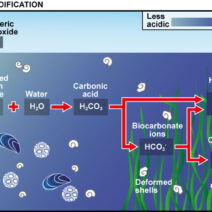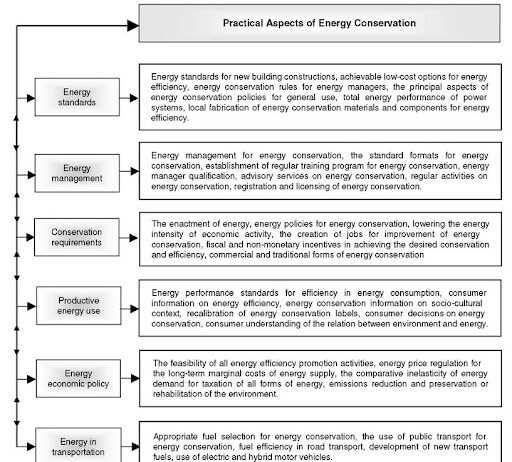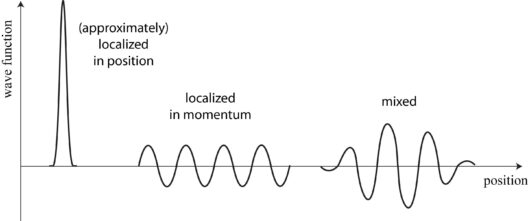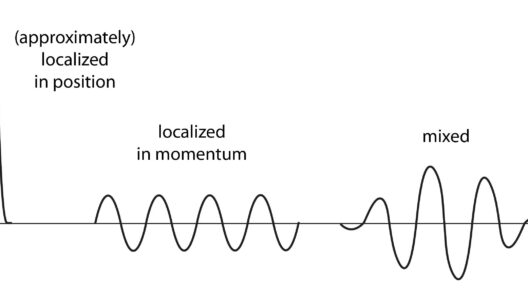In the realm of energy conservation, the intricate dance of data and analysis emerges as a vital component in crafting efficient systems. Among the various tools employed, the matrix chart serves as a formidable ally for environmental advocates aiming to streamline energy management. Imagine, for a moment, a map meticulously designed to guide you through a labyrinth; a matrix chart organizes complex information into a lucid framework, illuminating pathways to energy efficiency. In this discourse, we shall unravel the concept of matrix charts, explore their functionality in energy conservation systems, and underscore their significant role in sustainable practices.
A matrix chart is essentially a structured grid that juxtaposes multiple variables to facilitate better comprehension and decision-making. Picture a chessboard; each square represents a distinct variable, while the interactions between them unveil strategies for achieving desired outcomes. In energy conservation systems, matrix charts are employed to evaluate relationships between energy sources, buildings, equipment, and operational practices. This approach allows stakeholders to visualize the interplay of these elements—much like harmonizing notes in a symphony—to discern opportunities for energy savings.
At the core of a matrix chart lies the objective to simplify complexity. The multifaceted nature of energy consumption often obscures the pathways to conservation. Here, matrix charts shine by distilling extensive datasets into actionable insights. Imagine a research study spanning numerous variables concerned with a facility’s energy usage; without a guiding framework, the findings can become overwhelming. However, with the implementation of a matrix chart, each aspect—from energy output to consumption habits—can be examined in concert. Such a visual nature is akin to a painter deftly layering colors, where each stroke contributes to the larger masterpiece of energy efficiency.
The construction of a matrix chart begins with the identification of critical variables. Within energy conservation systems, these variables may include energy sources (renewable versus non-renewable), consumption patterns, technological efficiencies, and geographic considerations. Envision these elements as the diverse ingredients in a recipe; selecting the right combination is pivotal for both flavor and health. Once identified, these variables are arranged in a grid format, allowing for a systematic comparison. Each cell within the matrix elucidates interactions, dependencies, or even contradictions that may exist among the variables.
A quintessential application of matrix charts in energy conservation systems is their utility in energy audits. During an energy audit, a comprehensive evaluation of energy systems is conducted to uncover inefficiencies and propose enhancements. Here, matrix charts enable auditors to correlate energy consumption data with operational practices. The result is a vivid representation of inefficiencies and potential retrofitting opportunities, paving the way for strategic interventions. Like a roadmap guiding travelers, matrix charts signify the routes that lead towards optimal energy use.
Furthermore, matrix charts are invaluable for modeling and forecasting energy consumption. By analyzing historical data alongside projected trends, stakeholders can anticipate future energy requirements and their associated costs. Consider the chart as a compass; it directs decision-makers toward sustainable practices while highlighting potential pitfalls along the journey. This foresight empowers organizations to make informed investments in energy-saving technologies, aligning economic incentives with environmental stewardship.
One of the most compelling aspects of matrix charts is their inherent flexibility. These charts can be easily modified to accommodate new variables or shifting priorities. For instance, as the market for renewable energy evolves, organizations can adjust their matrices to factor in innovative technologies such as solar panels or wind turbines. This adaptability echoes the principles of nature, where ecosystems continuously reform and pivot to respond to changes, ensuring resilience in the face of adversity.
The visual nature of matrix charts also plays a crucial role in communicating complex ideas to diverse audiences. In presentations or reports, these charts serve as a bridge between technical jargon and public understanding, empowering stakeholders of all backgrounds to engage with energy conservation concepts. The clarity imparted through visually engaging frameworks catalyzes collaboration among varied participants—scientists, policymakers, and everyday citizens united in a common goal to safeguard our planet.
As we navigate the complexities of energy conservation, the matrix chart emerges as more than just a tool; it symbolizes a paradigm shift toward data-driven decision-making. The allure of energy efficiency lies not solely in technological advancements but in our ability to methodically understand and address our consumption patterns. It is through the lens of matrix charts that we may forge a path toward sustainable practices; striking the delicate balance between energy demands and environmental responsibility.
In conclusion, the contribution of matrix charts to energy conservation systems cannot be overstated. Their ability to amalgamate disparate variables into a coherent framework fosters understanding, aids in decision-making, and promotes collaboration. As a vivid metaphor for the intricate system of energy management, matrix charts illuminate the way forward in our quest for efficiency and sustainability. The journey towards energy conservation is indeed a collective endeavor, bolstered by the insights and revelations that matrix charts so profoundly offer.








